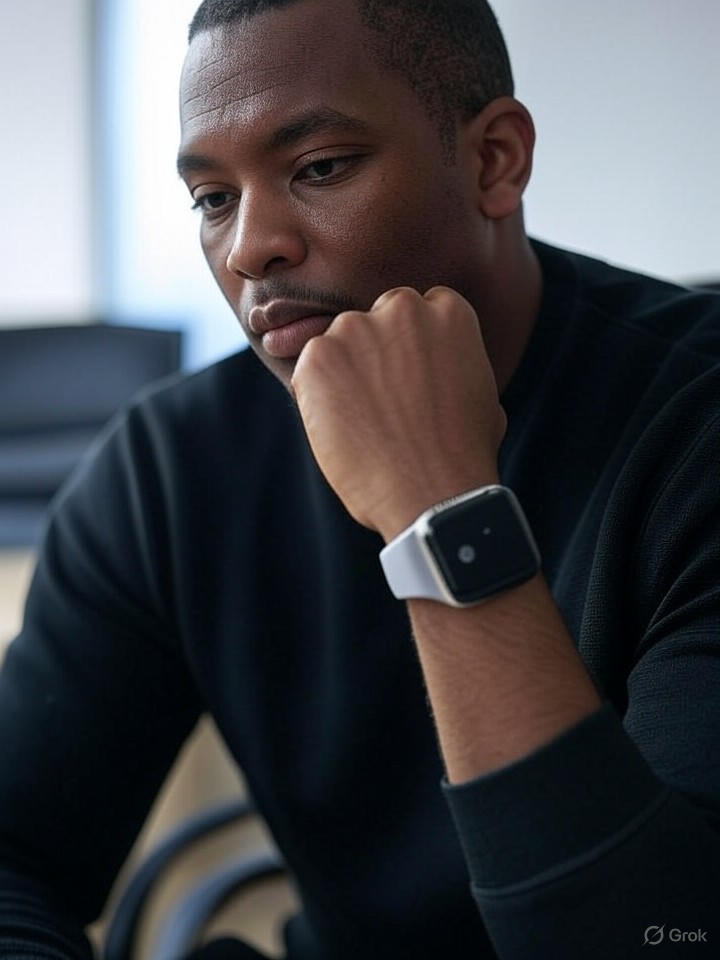The Limitations of Wearable Stress Tracking
In the rapidly evolving world of wearable technology, smartwatches have promised to revolutionize personal health monitoring by offering insights into stress levels through heart rate variability (HRV) and other biometric data. However, a recent academic study has cast doubt on the reliability of these devices, suggesting they may not accurately distinguish between different emotional states. Researchers from the University of Basel in Switzerland examined popular smartwatches like the Apple Watch and Fitbit, finding that while they can detect physiological changes, they often fail to differentiate stress from excitement or physical exertion.
The study, detailed in a paper published in the journal Frontiers in Psychology, involved 48 participants subjected to various stressors, including public speaking tasks and cognitive challenges, while wearing multiple devices. Results showed that smartwatches struggled with contextual nuances, leading to potential misinterpretations of data. This revelation comes at a time when consumers increasingly rely on wearables for mental health management, raising questions about the validity of the stress scores provided.
Insights from Recent Investigations
Building on this, a report from Gizmodo highlights how the study calls into question the psychological insights offered by these gadgets. The article notes that devices measure proxies like HRV, which can indicate autonomic nervous system activity, but without advanced algorithms to account for individual baselines or environmental factors, accuracy suffers. For industry insiders, this underscores a critical gap: while hardware has advanced, software interpretation lags, potentially leading to user disillusionment.
Further scrutiny reveals similar concerns in other analyses. A piece in The Guardian echoes these findings, reporting that smartwatches cannot reliably separate overwork from positive arousal, such as excitement from a thrilling event. This limitation stems from the devices’ reliance on generalized models rather than personalized data calibration, a point emphasized in the study’s methodology.
Comparative Performance Across Brands
When comparing brands, the study found variations in performance. For instance, Garmin and Polar devices, known for their fitness-oriented features, fared slightly better in controlled tests due to more sophisticated HRV algorithms, but even they exhibited inconsistencies. In contrast, consumer-grade options like the Samsung Galaxy Watch, as explained in an Android Authority explainer, use a combination of heart rate and movement data to estimate stress, yet the Basel research indicates these methods often overestimate or underestimate based on activity levels.
Posts on X (formerly Twitter) reflect growing user skepticism, with many sharing anecdotal experiences of inaccurate stress readings that heightened anxiety rather than alleviating it. One viral thread from a tech enthusiast described wearing multiple brands and finding discrepancies that undermined trust in the technology, aligning with the study’s broader implications.
Implications for Future Development
For developers and manufacturers, these findings signal a need for enhanced machine learning integration to improve contextual awareness. As noted in a 2025 systematic review in MDPI’s Algorithms journal, synthesizing data from 61 studies, smartwatches show promise in mental health monitoring but require better validation against clinical standards. Innovations like biofeedback apps paired with devices, such as those from Elite HRV or Welltory, could bridge this gap by offering more tailored insights.
Industry experts argue that regulatory oversight might be necessary to ensure claims about stress tracking are evidence-based. With mental health awareness on the rise, inaccurate tools could do more harm than good, prompting calls for transparency in how data is processed and presented.
Toward More Accurate Wearables
Looking ahead, advancements in sensor technology, including cortisol-measuring capabilities as explored in a 2019 IEEE Spectrum article on Stanford research, could elevate accuracy. Yet, the current state, as per the Basel study, serves as a cautionary tale for users and innovators alike. By prioritizing rigorous testing and user education, the wearable sector can move beyond hype to deliver truly reliable health tools, fostering a more informed approach to stress management in daily life.




 WebProNews is an iEntry Publication
WebProNews is an iEntry Publication